I got my first impression of Hilary Russell’s Solo Carry double-paddle canoe only after I had finished building one for my daughter-in-law. It felt like a maple leaf that had fallen in autumn upon a New Hampshire lake—light, beautiful, and perfectly in place.As part of a wedding gift to my son and his petite bride, I was looking for a boat design that would be light, manageable, and eye-catching. A canoe seemed to be the best option, so I looked for skin-on-frame designs. The Solo Carry came up in a web search, and Russell’s engaging descriptions and photographs of his designs and thoughts on building and using the boats intrigued me. I was hooked by his assurance that “If you want to customize your boat, you can, easily!” He offers 12 variations for the design, with instructions for modifying the shape of the canoe by changing the spacing between forms, adding a form, or moving the forms at the end or adding to the length of the gunwales. The author's 13′ 6″ version of Solo Carry weighs just 25 lbs and is easy to portage.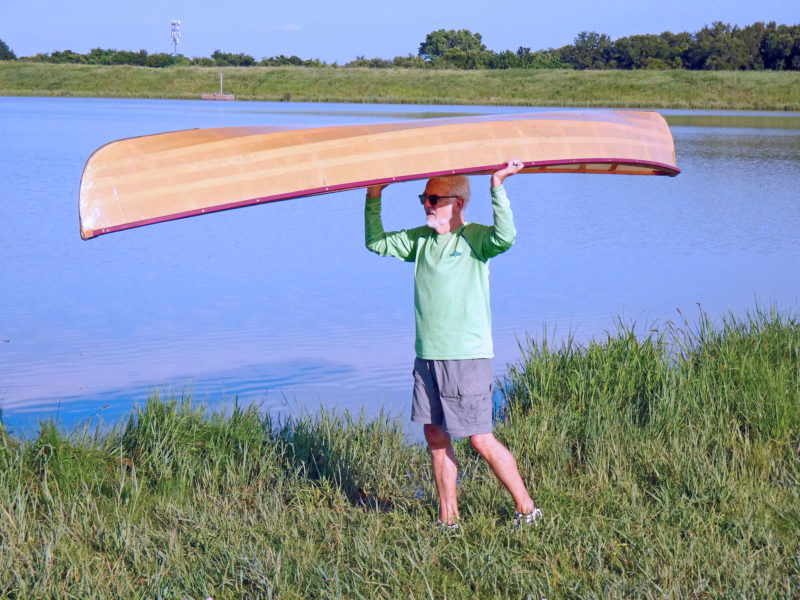 Mike Doran
Mike Doran
Join The Conversation
We welcome your comments about this article. If you’d like to include a photo or a video with your comment, please email the file or link.
Comments (4)
Leave a Reply
Stay On Course

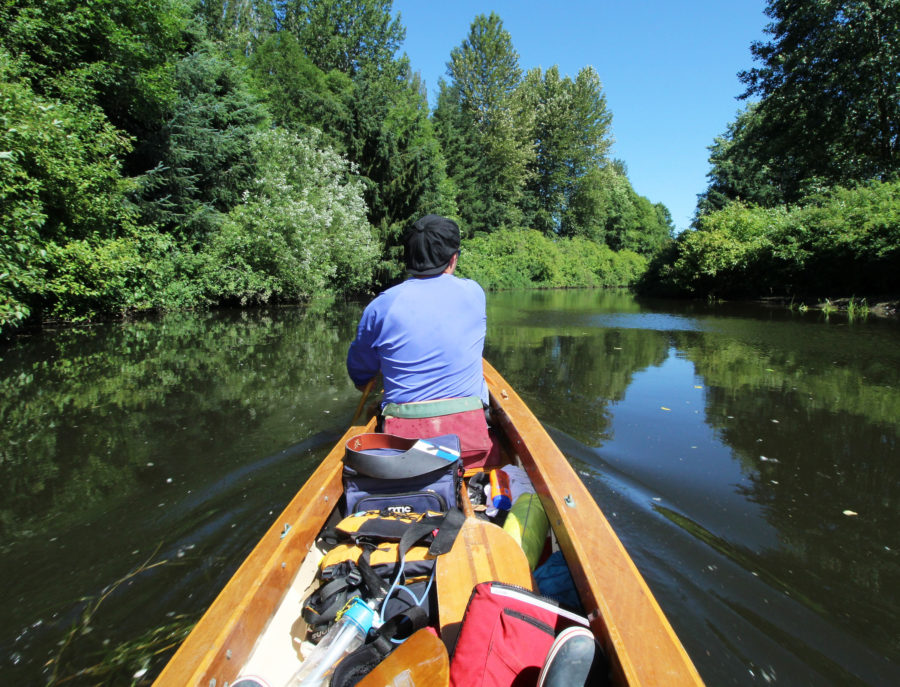
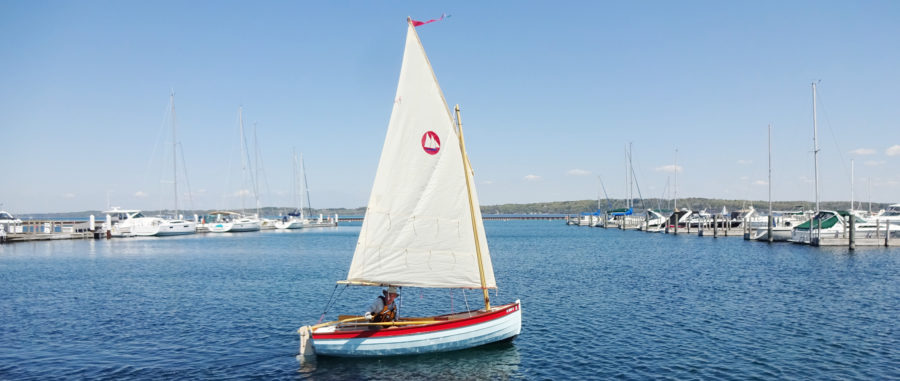
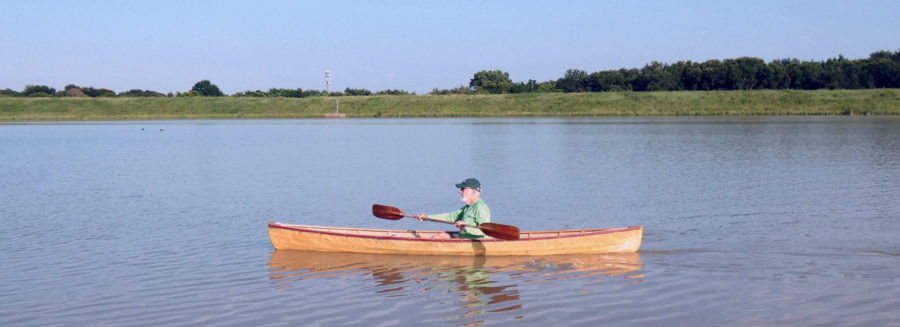
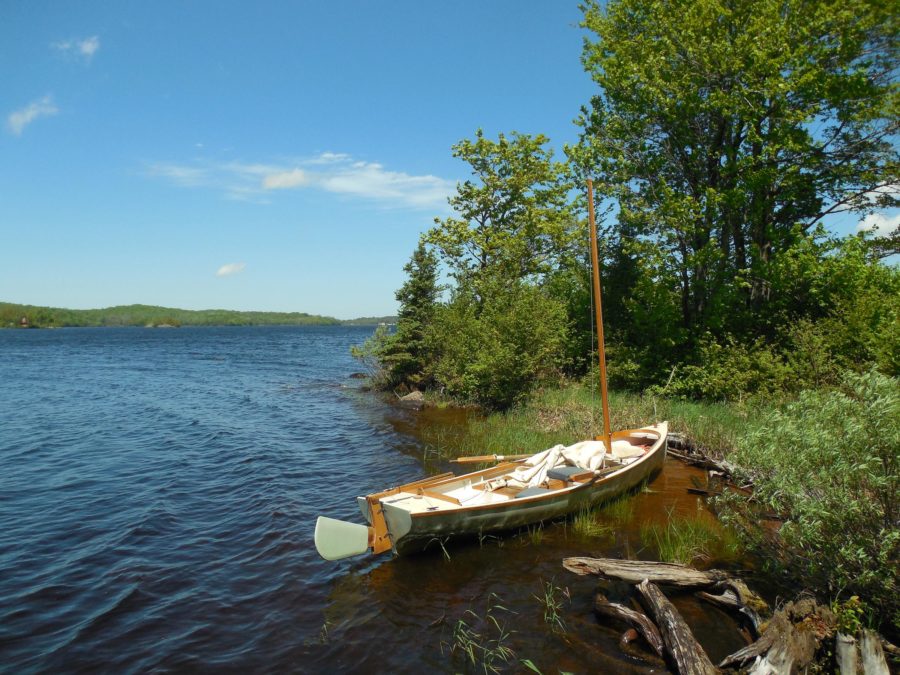
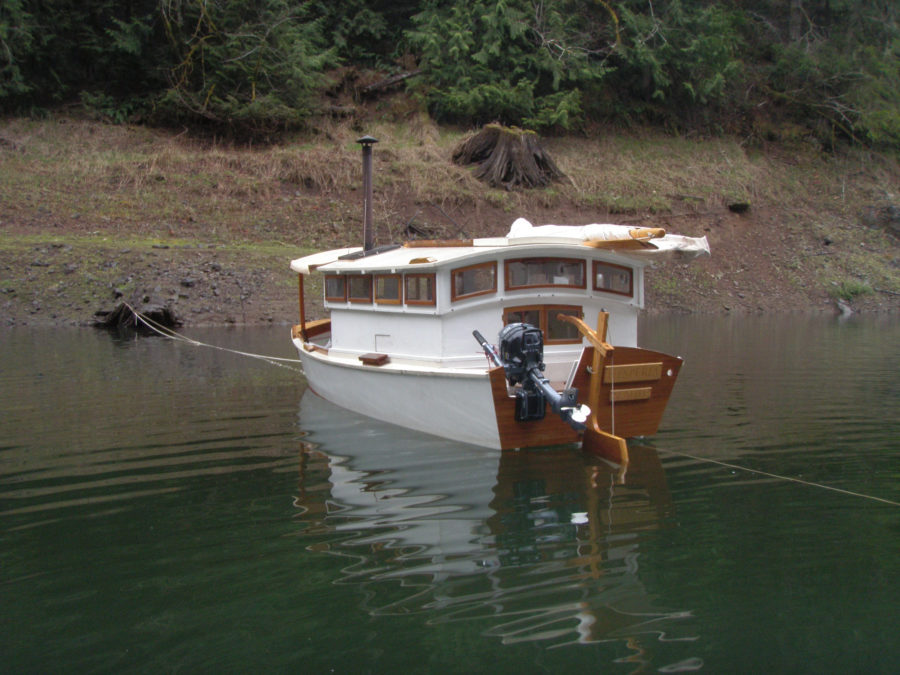
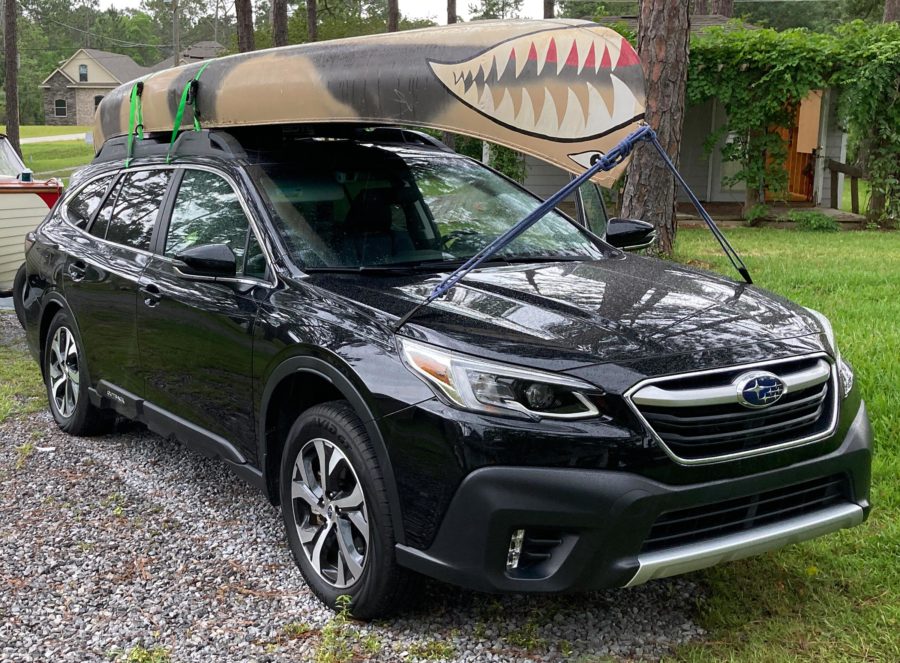
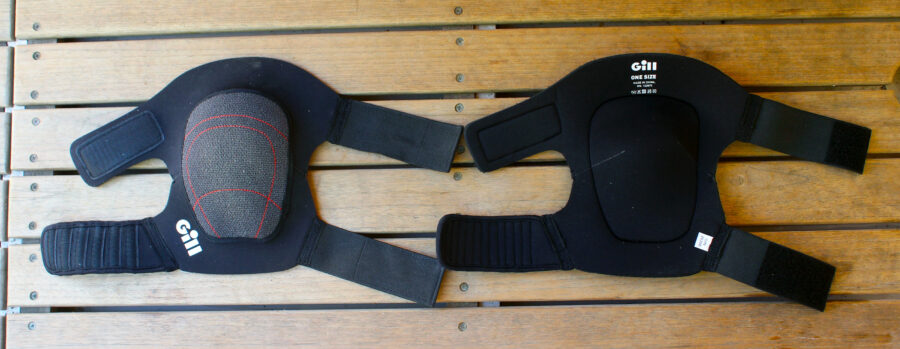
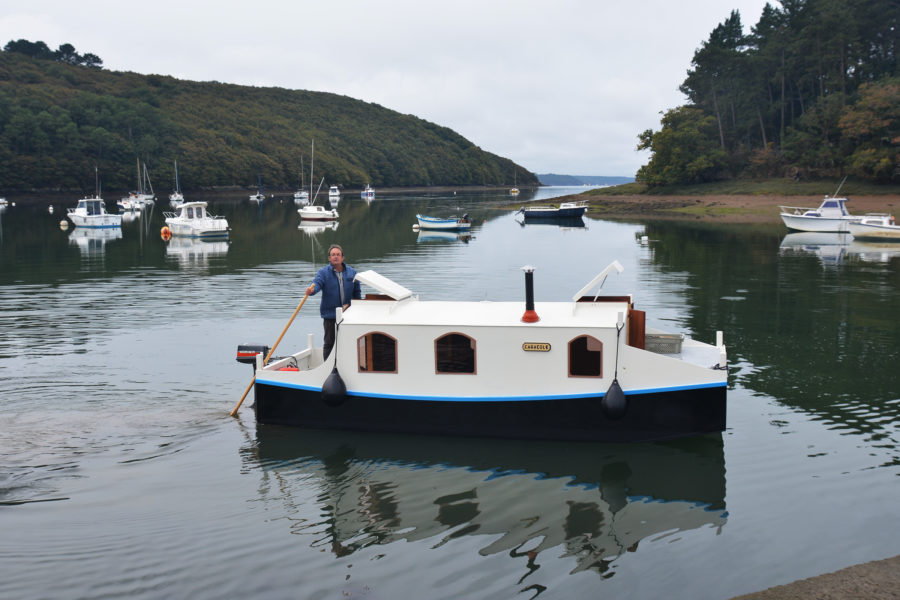


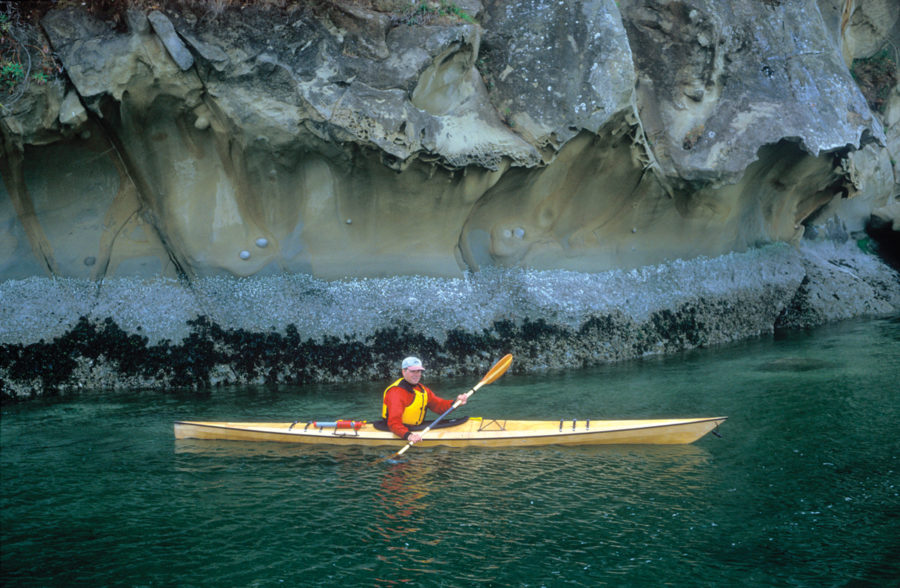
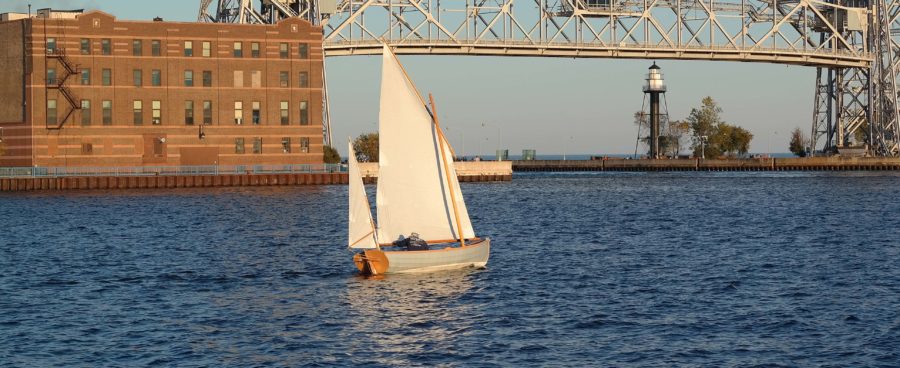
Thanks for the great article! I got the kit for just this exact 13’6″-er from Hilary about 5 years ago at the Mystic Seaport Wooden Boat Show and never did start it. Too many other boat projects in the shop (still), but it’s going to happen soon. Again, thanks, as this gets my whistle wet once again for those light-weight boat dreams.
Dean
Thank you for the write up. I’ve come close to being certain that a skin-on-frame boat will be my first boat building effort. I do worry a bit about a stick or log tearing a hole in the side and am not impressed with videos I’ve seen on Youtube showing how tough skin-on-frame is by striking it with a hammer or some other such thing. Those are not the same forces as loading up the canoe with 190 pounds of me, as well as 40 pounds of gear and while moving slowly having the weight be stopped via a sharp object.
Still I’m a big fan of this building technique. Not only is it relatively affordable but also simple enough for the beginner builder. I wonder if it is possible to double up the skin for more puncture resistance? Much like you, little of the water I plan to use a boat like this has any clarity. But to have a small canoe which weighs between 30 and 50 pounds or so seems perfect for small ponds and the marshes I’d like to explore near the coast of North Carolina. I’ll be checking out those plans very soon.
I would look at reinforcing the hull with a single layer of fiberglass, say woven roving, if it doesn’t add too much weight.
I put a hole in a skin-on-frame rowboat, briskly rowing and hitting submerged rebar – I heard it slide along the skin until a frame, then pop through. Slow leak, easily bailed until I got back to the boat launch. The skin was 8 oz polyester with maybe 4 coats ZAR water-based polyurethane. When I got home, tried to pry open the hole into a tear but couldn’t. Contact cement on the inside, a patch of the same material about an inch bigger all around – effective but looked awful from the outside so cut a square 3×3 inch square, pulled out about a 1/2 inch of threads to fray all 4 edges (think carpet fringe) and ‘glued’ it in place with a little of the ZAR’s, then 2 coats over it. Nary a leak, ever – or another puncture in all the other SOF boats I’ve made: 4 canoes, 2 with willow ribs, 2 kayaks, and the rowboat. BUT, now I always carry a foot or so of Gorilla tape; it would have kept the bailing to a minimum until a permanent repair. Also, lots of occasional scraping from time over rocks, branches, beaverdams and the like without a leak – only that one time.
Rich Brown